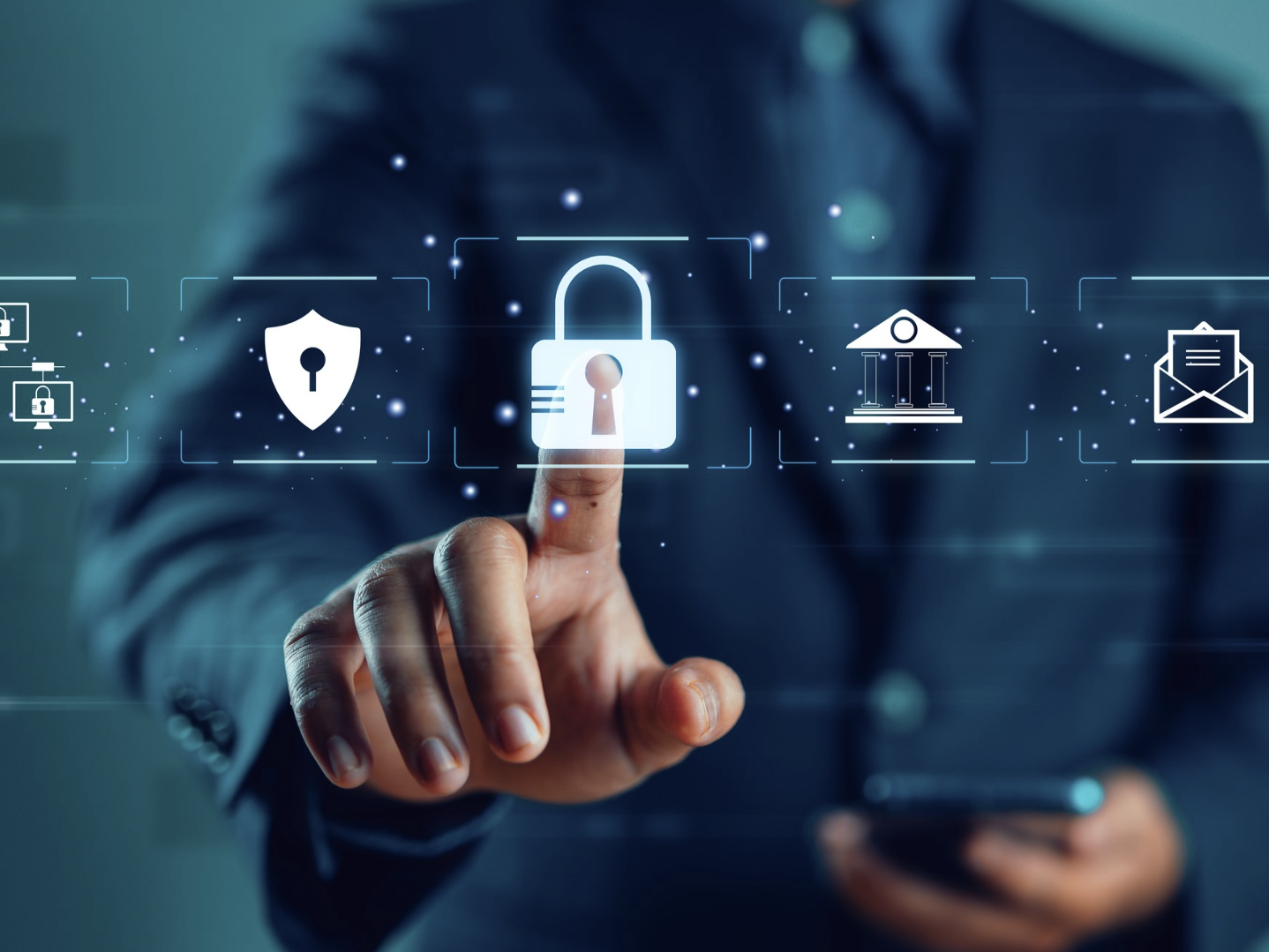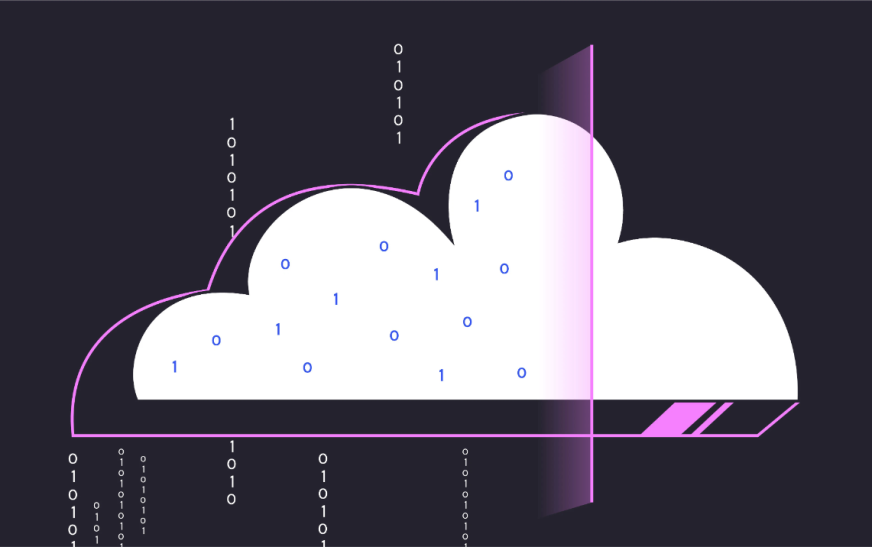
As technology continues to evolve, businesses must adapt to stay competitive by digitizing their operations. Companies that succeed focus on enhancing their online presence, automating processes, and leveraging technological advancements. However, with the increase in technology use comes the need for heightened attention to cybersecurity.
By 2025, cybersecurity threats are expected to become more complex as cyberattacks grow in sophistication. To avoid falling victim to these threats, businesses must stay ahead of emerging cybersecurity trends and implement the necessary defenses. Here’s a look at some key trends and how businesses can prepare for them.
1. AI-Powered Cybersecurity Threats and Defenses
Artificial Intelligence (AI) is transforming cybersecurity, both as a tool for defense and a weapon for cybercriminals. Cyber attackers use AI to create convincing phishing schemes, bypass security systems, and automate attacks. To combat these threats, IT services play a crucial role in helping companies stay secure.
What businesses can do:
- Integrate AI technologies like intrusion detection systems to monitor network traffic and spot suspicious activity in real-time.
- Use AI-powered phishing simulators to train employees on recognizing and avoiding phishing attacks.
- Regularly update security systems and use machine learning to adapt to emerging threats.
2. The Rise of Zero Trust Architecture
By 2025, Zero Trust will likely become the standard for cybersecurity. This approach assumes no user or device is inherently trustworthy and focuses on securing every access point, especially with the rise of hybrid work environments.
Key features of Zero Trust:
- Continuous verification of user identity.
- Access controls based on the principle of least privilege.
- Advanced monitoring and network segmentation.
What businesses can do:
- Implement multi-factor authentication (MFA) for all systems and applications.
- Set up access controls that grant employees only the permissions necessary for their roles.
- Use endpoint management solutions to continuously monitor devices and ensure compliance with security protocols.
3. The Importance of Cloud Security
As businesses continue to move to cloud-based services, securing cloud environments becomes essential. Cybercriminals often target misconfigured cloud settings, unsecured APIs, and weak data encryption.
Emerging trends in cloud security:
- Secure Access Service Edge (SASE) integrates network security and wide-area networking.
- Enhanced encryption techniques, like homomorphic encryption, to secure data.
- Secure DevOps practices that prioritize security in cloud-native applications.
What businesses can do:
- Regularly audit cloud security to identify and fix vulnerabilities.
- Encrypt sensitive data both in transit and at rest in cloud environments.
- Educate employees on secure cloud usage practices, including managing credentials and avoiding sharing sensitive information over unsecured channels.
4. The Evolution of Ransomware
Ransomware is becoming more sophisticated, with attackers increasingly using double extortion tactics, where they encrypt data and threaten to leak it unless a ransom is paid. These attacks are predicted to grow more frequent and complex by 2025.
What businesses can do:
- Create a data backup strategy with isolated backups to prevent ransomware from encrypting them.
- Invest in endpoint detection and response (EDR) tools to quickly identify and mitigate ransomware attacks.
- Conduct regular ransomware response drills to ensure readiness during an attack.
5. Strengthening Supply Chain Security
Businesses must recognize that their cybersecurity is only as strong as their weakest link. Cybercriminals are increasingly targeting third-party vendors who have access to sensitive data.
Emerging solutions:
- Use a Software Bill of Materials (SBOM) to track the components of software.
- Continuously monitor the security practices of third-party vendors.
- Include cybersecurity clauses in contracts with vendors to hold them accountable for their security measures.
What businesses can do:
- Maintain a list of approved vendors and ensure they meet strict security guidelines.
- Require third-party vendors to provide a Software Bill of Materials (SBOM) to track vulnerabilities.
- Negotiate contracts that hold vendors responsible for maintaining robust security practices.
6. Quantum Computing and Its Risks
Quantum computing presents both great potential and significant risks to existing cryptographic protocols. By 2025, it will be essential to adopt quantum-resistant encryption to protect sensitive data from future threats.
What businesses can do:
- Begin transitioning to quantum-resistant encryption techniques to safeguard sensitive information.
- Collaborate with cybersecurity specialists to evaluate the readiness of existing systems for quantum computing risks.
- Stay updated on advancements in post-quantum cryptography and adopt new standards as they become available.
7. Bridging the Cybersecurity Skills Gap
The demand for skilled cybersecurity professionals continues to outstrip supply. By 2025, many businesses will rely more heavily on Managed Security Services Providers (MSSPs) to fill this gap.
What businesses can do:
- Work with MSSPs to provide 24/7 monitoring and incident response.
- Invest in cybersecurity training programs for current employees to develop in-house expertise.
- Use automation tools to handle routine security tasks and reduce reliance on specialized knowledge.
8. Navigating Regulatory Compliance and Data Privacy
As data protection regulations evolve, businesses must stay compliant with new laws, such as the Personal Information Protection and Electronic Documents Act (PIPEDA) in Canada. Compliance will require thorough security processes and documentation.
What businesses can do:
- Conduct regular compliance audits to identify and address gaps in security measures.
- Use encryption technologies to protect sensitive data.
- Stay up-to-date with changing regulations and ensure employees are trained on data management best practices to minimize security breaches.
As businesses increasingly digitize and automate their operations, cybersecurity must be a top priority. By 2025, the growing complexity of cyberattacks will require businesses to stay ahead of the trends to safeguard their assets and operations.













